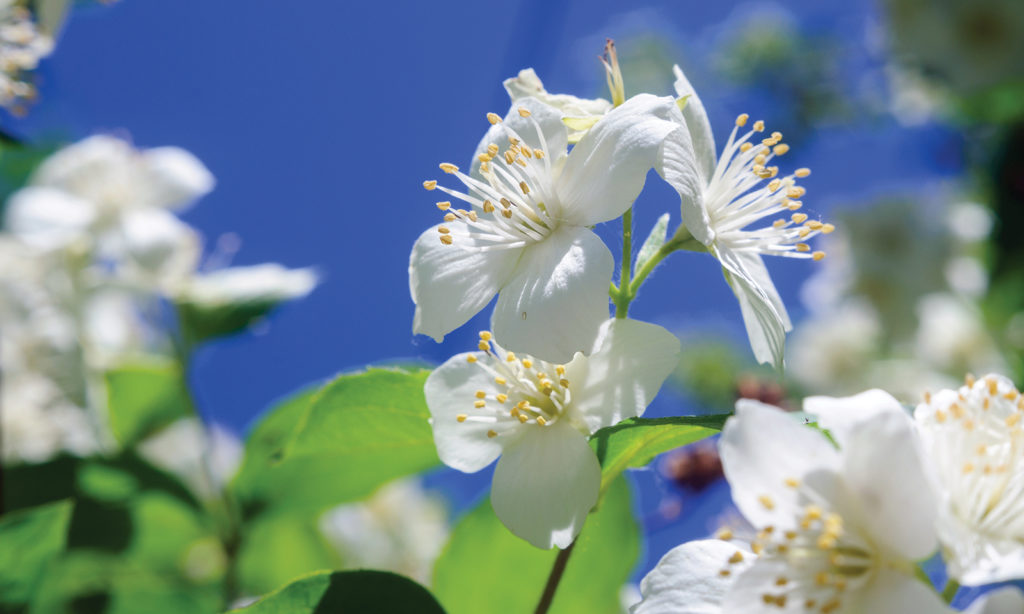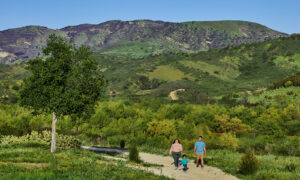We all know that a flower’s colorful blooms are designed to entice bees, butterflies and other pollinators that play a role in a plant’s reproduction.
But did you know scent is another powerful draw?
Both color and odor are critical factors in attracting pollinators, and while many flowers can be identical in shape or color, no two floral scents are exactly alike.
I love the seasonal smells of the garden: delicate aromas ranging from sweet to zesty, spicy to woodsy. Some scents linger close to the blossom. Others get picked up by the breeze, and if I brush past sage, chaparral, or rosemary, the minty-musty scent lingers on my hands or clothes.
California native plants have their own distinctive fragrances.
Here are some of my own aromatic favorites to consider for your garden:
Cleveland sage (Salvia clevelandii): This plant produces showy lavender flowers that attract hummingbirds and bees. But it’s the leaves that produce a very intense fragrance. Stems may be cut for indoors, but keep in mind that even a single sprig can overpower a small space.

Mock orange (Philadelphus lewisii): These blooms have a lilac shape and produce a wonderfully sweet fragrance. They are great for cuttings and can be mixed in a bouquet with sage.

Brickell bush (Brickellia californica): Considered to be one of the best-smelling California native plants, the seemingly insignificant flowers of this plant emit an especially powerful, sweet fragrance on balmy evenings in summer and fall. Their scent can travel 300 feet. I like to plant brickell bush in an inconspicuous place and let its aroma enchant anyone who comes near.

Woolly blue curls (Trichostema lanatum): Beautiful clusters of fuzzy purple flowers make this a very showing shrub, and its leaves give off a sage-like fragrance. Plant these and other varieties where you can catch a whiff as you walk by – near your front door, along a garden path or by the patio. Plan for a variety of scents so that as you pass through your garden, you can smell a staggered palette of aromas that will change with the seasons.

For more information, visit RightScapeResources.com, calscape.org, or cnps.org.









